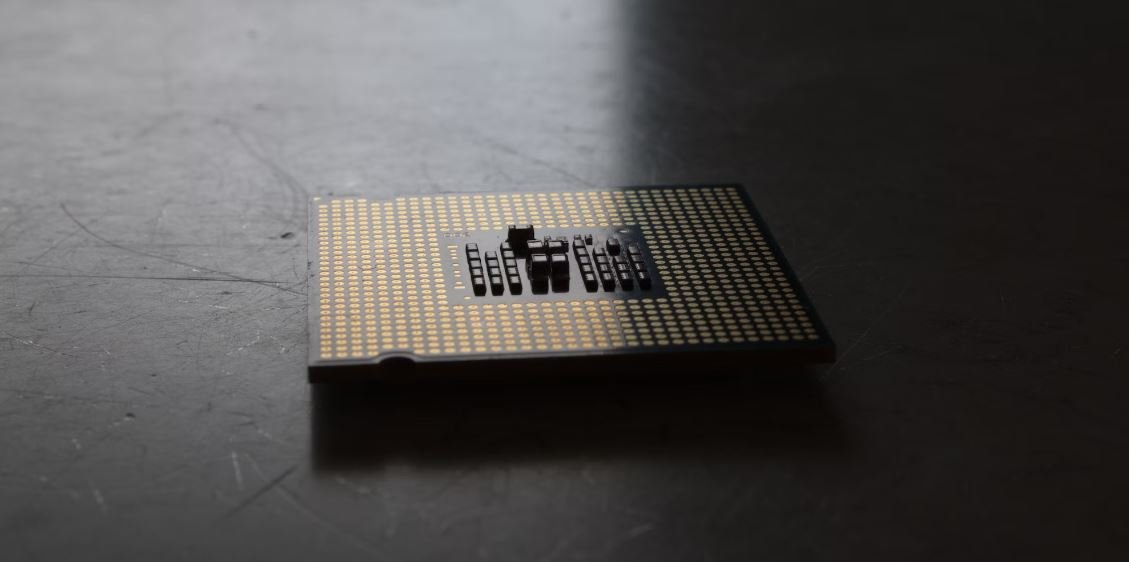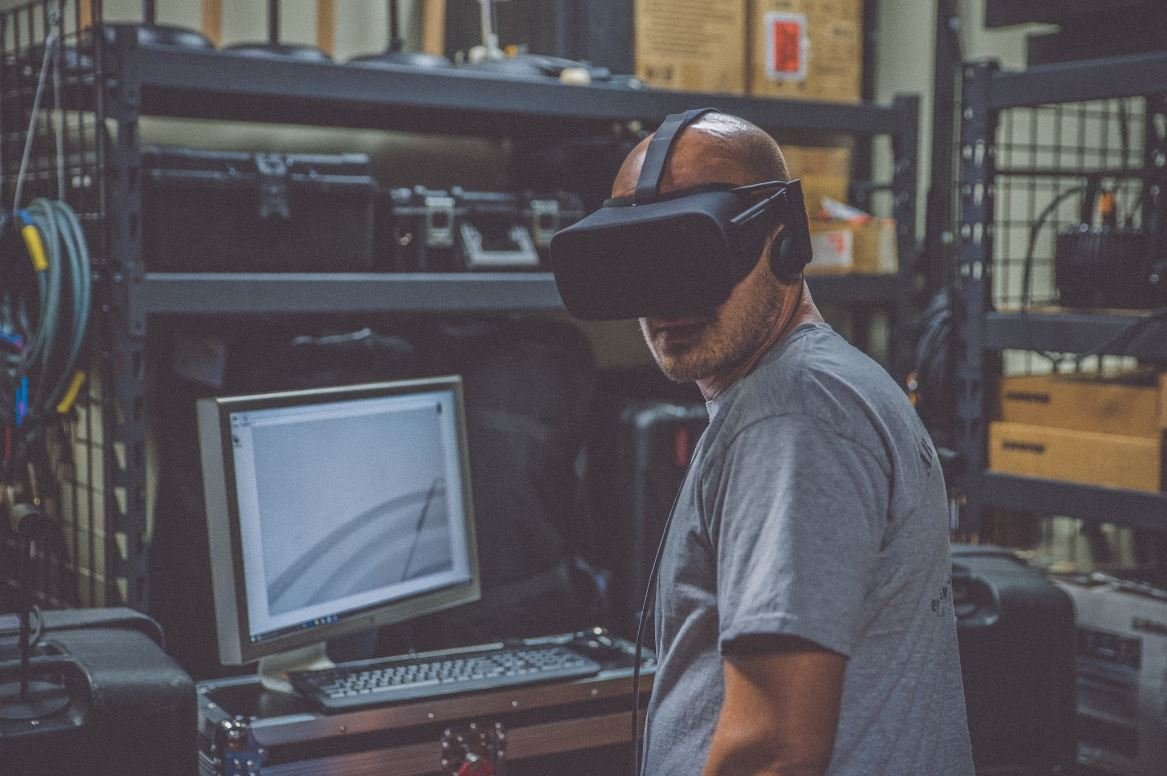Tesla Coil
A Tesla Coil is an electrical resonant transformer circuit invented by Nikola Tesla in the late 19th century. It is used to produce high-voltage, low-current, and high-frequency alternating-current electricity. Tesla Coils are known for their impressive displays of electrical arcs, which can reach several feet or even meters in length.
Key Takeaways:
- Tesla Coils are electrical resonant transformer circuits created by Nikola Tesla.
- They produce high-voltage, low-current, and high-frequency alternating-current electricity.
- Tesla Coils are famous for their impressive displays of electrical arcs.
*Did you know?* Tesla coils are commonly used in science demonstrations and as educational tools to showcase principles of electricity and electromagnetism.
How Tesla Coils Work
A Tesla Coil consists of two main components: a primary coil and a secondary coil. The primary coil, connected to an electrical power source, generates an oscillating magnetic field. This alternating magnetic field induces a voltage in the secondary coil, which is typically wound with fewer turns but has a higher number of windings per turn compared to the primary coil. This voltage is then stepped up to high levels using resonance and the principle of electromagnetic induction.
| Primary Coil | Secondary Coil |
|---|---|
| Connected to power source | Induces voltage |
| Higher number of turns | Fewer turns, higher number of windings per turn |
Applications of Tesla Coils
Tesla Coils have various applications, including:
- Entertainment – Tesla Coils are often used as eye-catching displays at science museums, exhibitions, and concerts.
- Wireless Power Transmission – Tesla envisaged using Tesla Coils to transmit electricity wirelessly over long distances, although this concept is yet to be fully realized.
- Electrical Experiments and Research – Tesla Coils continue to be utilized for various electrical experiments and research, including high-voltage testing and plasma generation.
| Entertainment | Wireless Power Transmission | Electrical Experiments and Research |
|---|---|---|
| Impressive displays | Potential for energy transmission | Used in high-voltage testing and plasma generation |
Safety Considerations
When working with Tesla Coils, it is important to follow safety precautions due to the high voltage and potential hazards involved. Some safety considerations include:
- Isolate the Tesla Coil from human contact to prevent electrical shock.
- Ensure proper insulation of high-voltage components.
- Use protective equipment like gloves and goggles.
- Operate in well-ventilated areas to prevent the buildup of potentially harmful gases.
Conclusion
A Tesla Coil is a fascinating device that showcases the principles of electricity and electromagnetism. Its ability to produce high-voltage, low-current electricity and generate mesmerizing electrical arcs has made it a popular tool for entertainment and education. However, safety precautions must always be followed when operating a Tesla Coil.

Tesla Coil
Common Misconceptions
Many people have misconceptions about Tesla coils, often due to their portrayal in popular media or lack of knowledge. Here are some common misconceptions:
- Tesla coils are dangerous: While it is true that Tesla coils can produce high voltages and generate spectacular electrical arcs, they are generally safe if handled correctly. Proper insulation and safety measures can greatly reduce the risk of electric shock.
- Tesla coils can power your home: While Tesla coils can produce high voltages, they are not designed to provide a continuous and reliable power source. They are primarily used for demonstrations, entertainment, or experiments in the field of electrical engineering.
- Tesla coils are a new invention: Although Tesla coils are named after Nikola Tesla, who developed many electrical inventions in the late 19th and early 20th centuries, they are not a recent invention. Tesla coils were first invented in the 1890s and have been used in various applications ever since.
Common Misconceptions Cont’d
Another misconception surrounding Tesla coils:
- Tesla coils emit harmful radiation: This is not true. Tesla coils operate using high-frequency alternating currents, which produce electromagnetic fields. While these fields can induce small currents in nearby objects, they are not harmful to human health as long as the equipment is properly designed and operated within safe limits.
- Tesla coils can draw electricity from the air: Despite the awe-inspiring display of lightning-like arcs, Tesla coils do not extract electrical energy from the surrounding environment. They require an external power source, usually an AC power supply, to function properly.
- Tesla coils can cause interference with electronic devices: While Tesla coils can generate electromagnetic interference, proper shielding and grounding can minimize this effect. Moreover, modern electronic devices are designed to comply with electromagnetic compatibility standards, making them less susceptible to interference from Tesla coils.

Tesla Coil Inventor
Nikola Tesla, a Serbian-American inventor, is credited with the invention of the Tesla coil, a high-voltage resonant transformer circuit. This table showcases some key information about his life and achievements:
| Birth | Death | Nationality | Notable Inventions |
|---|---|---|---|
| July 10, 1856 | January 7, 1943 | American | Alternating Current (AC), Tesla Coil, Wireless Power Transfer |
Types of Tesla Coils
Tesla coils come in various forms, each with its own characteristics and applications. This table outlines three common types of Tesla coils:
| Solid-State Tesla Coil | Vacuum Tube Tesla Coil | Micro Tesla Coil |
|---|---|---|
| Capable of generating continuous sparks | Uses vacuum tubes for power amplification | Portable and compact design |
| Efficient and easier to control | Produces stable and high-power output | Used in wireless transmission experiments |
Uses of Tesla Coils
Tesla coils have found various applications throughout history, extending beyond simple experiments. Explore a couple of their prevalent uses:
| Wireless Power Transfer | Musical Performances |
|---|---|
| Enable the transmission of electrical energy without wires | Create stunning visual and auditory effects during live performances |
| Applied in mobile charging technologies | Popular among electronic music artists |
Famous Tesla Coil Demonstrations
Over the years, Tesla coils have captivated audiences worldwide with their remarkable displays. Here are two memorable demonstrations:
| Colorado Springs Experiment (1899) | Cage of Death |
|---|---|
| Produced electrical discharges up to 135 feet long | Performed by Mark Perez and Greg Leyh in 2007 |
| Investigated wireless power transmission and lightning phenomena | A person inside a Faraday cage interacts with high-voltage sparks |
Tesla Coil Safety
While Tesla coils are mesmerizing, they also pose certain hazards that should not be taken lightly. Here are a few safety precautions:
| Electrical Shock Hazard | RF Radiation Exposure | Ferromagnetic Projectile Risk |
|---|---|---|
| Avoid direct contact with energized components | Stand clear of the electromagnetic field generated by the coil | Keep metallic objects away to prevent projectiles |
| Ensure proper grounding and insulation | Do not place the coil near sensitive electronic devices | Be cautious when experimenting with large coils |
Modern Innovations in Tesla Coils
As technology advances, new innovations in Tesla coil designs continue to emerge. Here are a couple of recent developments:
| Wireless LED Bulbs | Singing Tesla Coils |
|---|---|
| Utilize wireless power transfer principles to illuminate | Modified Tesla coils produce sound and play music |
| Can be controlled remotely for convenient lighting | Combine musical tones with stunning visual effects |
Famous Admirers of Tesla Coils
The impressive capabilities of Tesla coils have attracted the attention of many renowned individuals. Here are a few admirers:
| David Bowie | Jack White | Dr. MegaVolt |
|---|---|---|
| Used Tesla coils during his Ziggy Stardust tour | Performed with a handheld Tesla coil on stage | A pseudo-superhero persona who performs with massive Tesla coils |
| Integrated Tesla coil visuals and concepts into his shows | Renowned musician and member of The White Stripes | Fascinated audiences with electrifying performances |
Interesting Facts about Tesla Coils
Tesla coils possess several intriguing elements worth exploring. Uncover some fascinating facts below:
| The Three Main Components | Potential Differences | Longest Continuous Spark |
|---|---|---|
| Primary Coil, Secondary Coil, and Capacitor | Capable of generating potential differences of millions of volts | Recorded at 260 feet by Steve Ward and Steve Roberts |
| Used to create high-frequency, high-voltage electricity | Dependent on the coil’s design and tuning | A visually stunning display of electrical power |
Tesla coils continue to captivate and inspire enthusiasts, demonstrating the awe-inspiring power and potential of electricity. From their historical origins to modern-day applications, these high-voltage devices have left an indelible mark on science, technology, and entertainment.
Tesla Coil – Frequently Asked Questions
What is a Tesla Coil?
What is a Tesla Coil?
A Tesla Coil is an electrical resonant transformer circuit invented by Nikola Tesla in the late 1800s. It is capable of producing high-voltage, high-frequency electric currents.
How does a Tesla Coil work?
How does a Tesla Coil work?
A Tesla Coil consists of two main parts: a primary coil and a secondary coil. The primary coil is connected to a power source and generates an oscillating electric current. This current creates an oscillating magnetic field, which in turn induces a high voltage in the secondary coil. The high voltage produced by the secondary coil is then released through the top terminal of the Tesla Coil.
What are Tesla Coils used for?
What are Tesla Coils used for?
Tesla Coils are primarily used for educational and entertainment purposes. They are often used in science demonstrations, music performances, and as a source of wireless power transmission. Additionally, some people build and experiment with Tesla Coils as a hobby.
Are Tesla Coils dangerous?
Are Tesla Coils dangerous?
Yes, Tesla Coils can be dangerous if not handled properly. The high voltages produced by Tesla Coils can cause electric shocks and burns. It is important to exercise caution and follow proper safety guidelines when working with Tesla Coils.
Can I build my own Tesla Coil?
Can I build my own Tesla Coil?
Yes, it is possible to build your own Tesla Coil. However, building a Tesla Coil requires a good understanding of electrical circuits and safety precautions. It is recommended to thoroughly research and follow a proven design, or seek guidance from experienced individuals in the field.
What are the different types of Tesla Coils?
What are the different types of Tesla Coils?
There are several types of Tesla Coils, including spark gap Tesla Coils, solid-state Tesla Coils, and musical Tesla Coils. Spark gap Tesla Coils are the most commonly known and produce large, impressive sparks. Solid-state Tesla Coils use electronic components for switching instead of mechanical spark gaps. Musical Tesla Coils are designed to create music by modulating the frequency of the sparks.
How far can a Tesla Coil transmit electricity?
How far can a Tesla Coil transmit electricity?
The range of electricity transmission using a Tesla Coil depends on various factors such as the power output, design, and environmental conditions. Generally, Tesla Coils are not efficient in long-range power transmission. Wireless power transmission with Tesla Coils is typically limited to a few meters or yards.
Can Tesla Coils be used for wireless charging?
Can Tesla Coils be used for wireless charging?
Yes, Tesla Coils can be used for wireless charging, although they are not commonly used for this purpose in modern applications. Tesla’s original designs included experiments with wireless transmission of electricity, and the principle of resonant inductive coupling employed in Tesla Coils can be used for wireless charging systems.
Can I generate lightning with a Tesla Coil?
Can I generate lightning with a Tesla Coil?
Tesla Coils are capable of generating impressive electrical discharges that resemble lightning. With appropriate design and power inputs, Tesla Coils can produce visually striking arcs and sparks that often resemble miniature lightning bolts. However, the lightning produced by Tesla Coils is not actual natural lightning.




